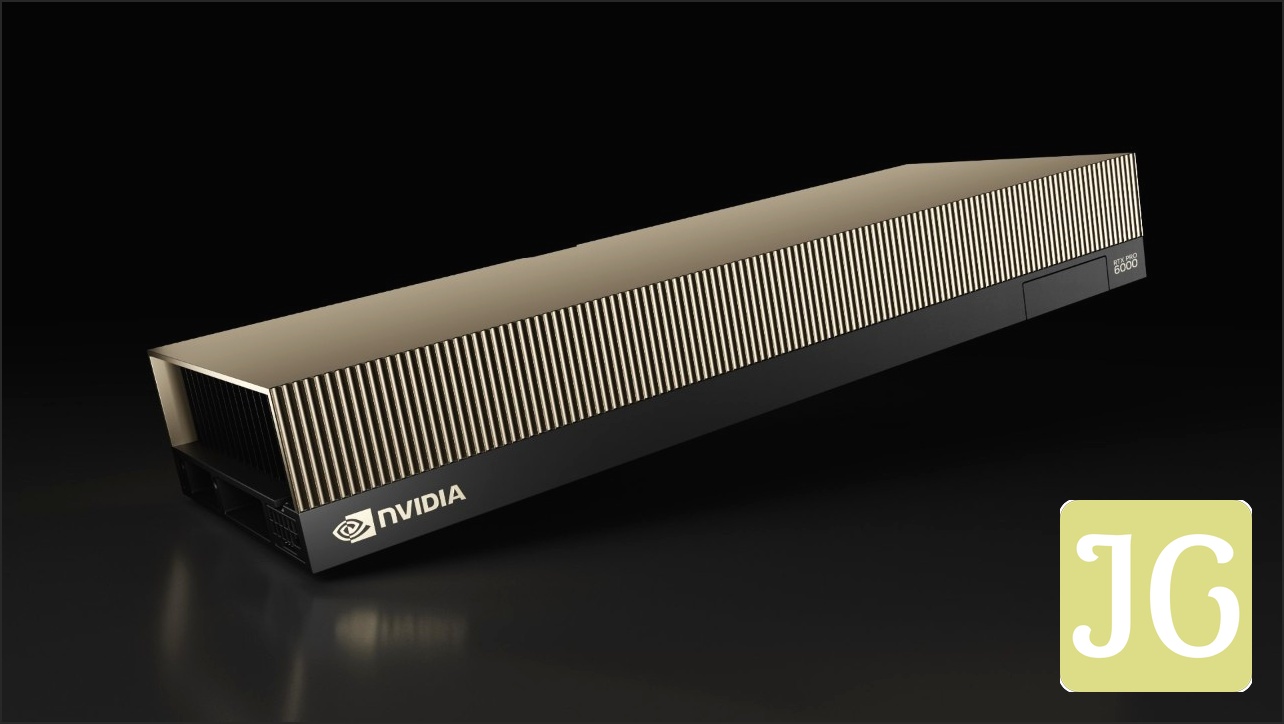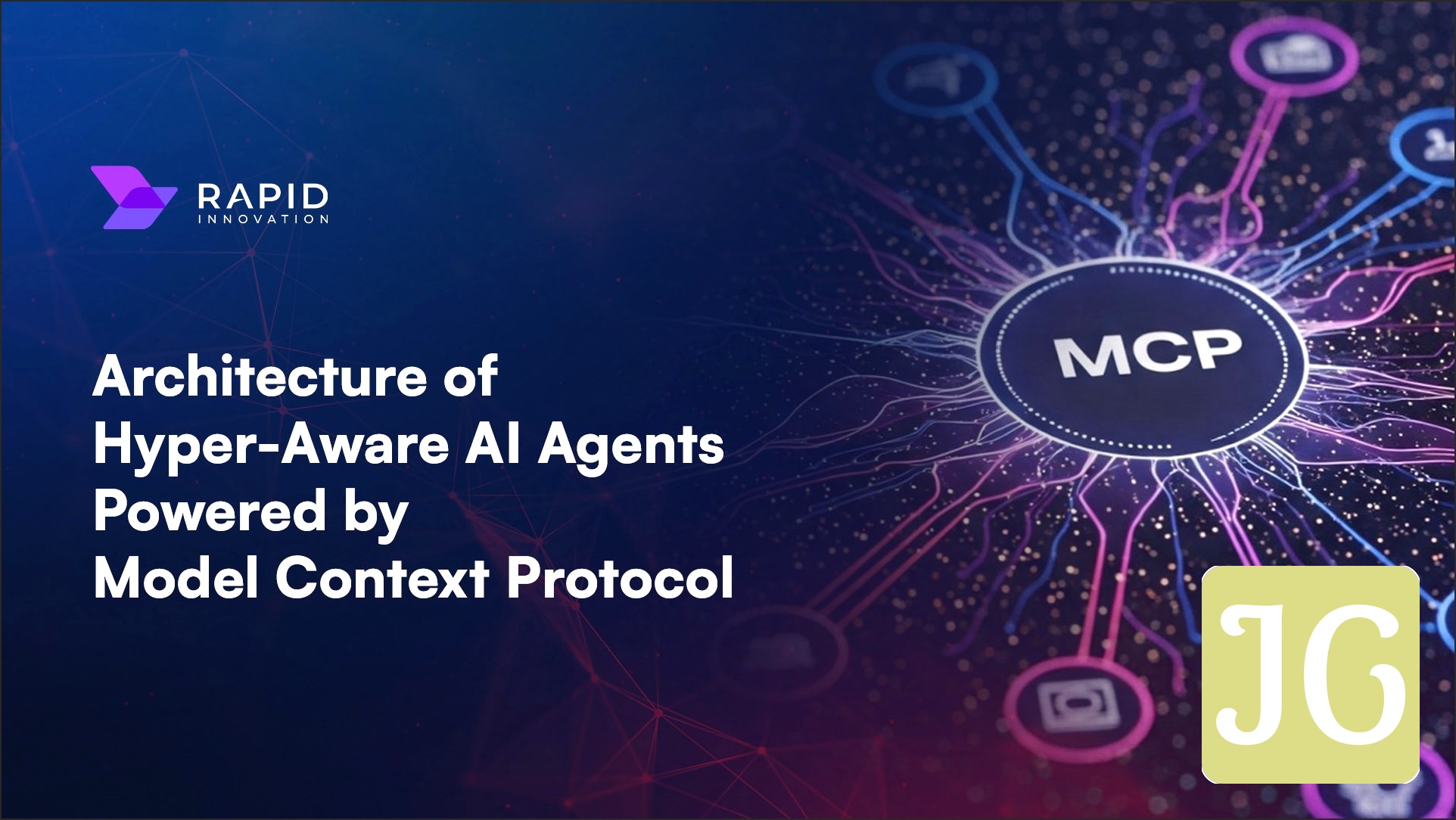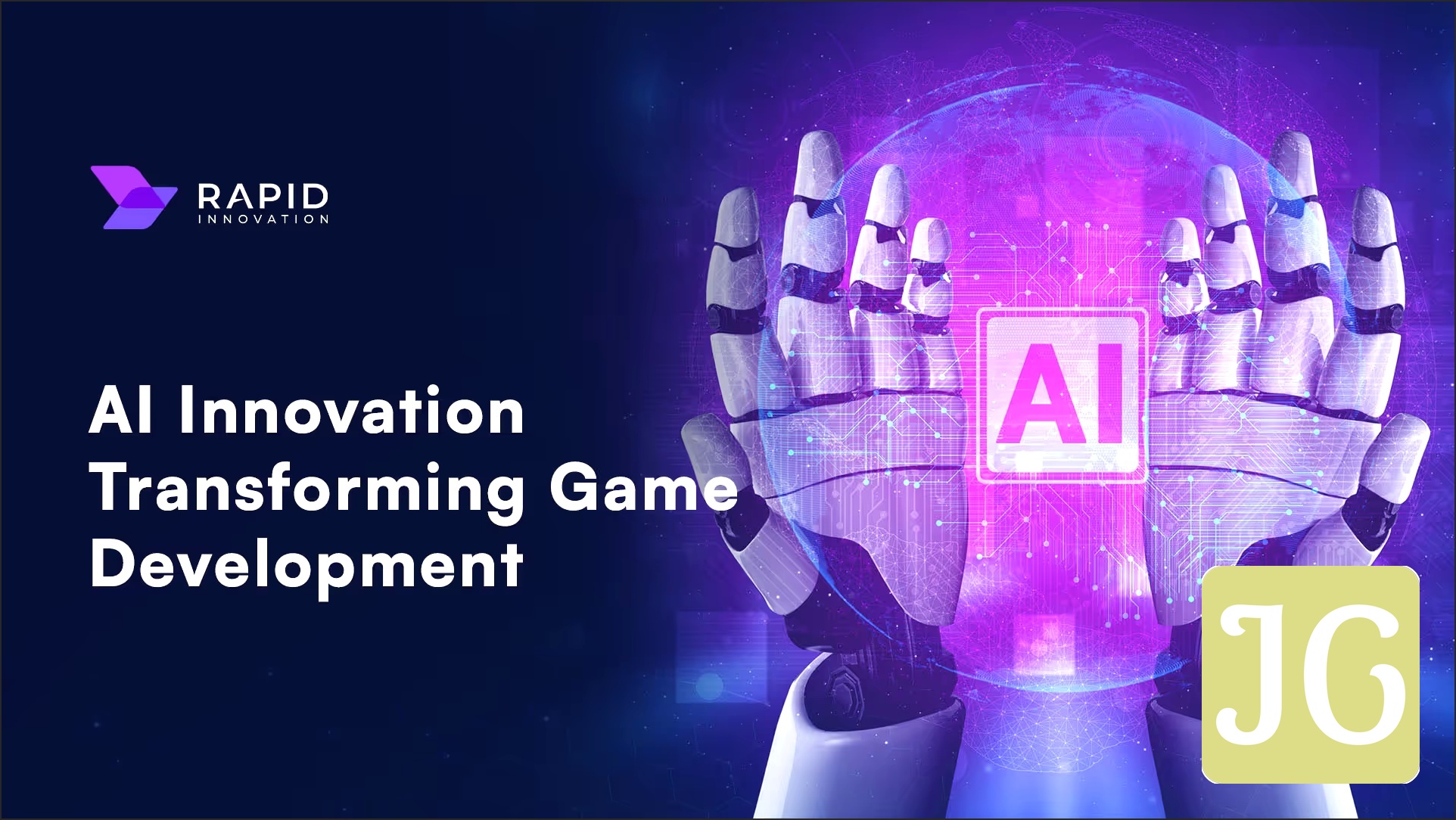The AI Core: How Enterprise Tech & Chiplets Are Forging Gaming’s Next Frontier
For years, the cutting edge of Artificial Intelligence has resided in massive data centers, powering everything from scientific research to complex financial models. But a seismic shift is underway. The same architectural innovations driving NVIDIA’s Blackwell, AMD’s Instinct, and the revolutionary Universal Chiplet Interconnect Express (UCIe) are no longer confined to the enterprise. They are rapidly converging with consumer technology, promising to fundamentally redefine what’s possible in PC gaming. This guide will take you on a deep dive, connecting the dots between the world’s most powerful AI hardware and the intelligent, dynamic gaming experiences you’ll soon command.
What You’ll Learn: Gaming’s AI Evolution
- Enterprise Foundations: How NVIDIA Blackwell and AMD Instinct are building the bedrock for future AI.
- The Chiplet Bridge: Why UCIe is crucial for bringing high-performance AI to consumer PCs.
- Current-Gen AI Gaming: The role of AMD RDNA 4 and Intel NPUs in today’s AI-enhanced experiences.
- Future Frontiers: The transformative potential of AI-driven NPCs and dynamic, evolving game worlds.
- Player Perspective: Balancing the hype with community hopes, worries, and the human element of AI interaction.
The Titans of Tomorrow: Unpacking Enterprise AI Hardware
Before AI powers your next gaming session, it’s crunching trillions of parameters in vast data centers. The innovations in enterprise-grade hardware from NVIDIA and AMD are not just about raw compute; they’re about redefining efficiency, scalability, and security for the most demanding AI workloads. These advancements are the blueprint for the AI capabilities that will eventually find their way into your gaming rig, dictating the intelligence and responsiveness you’ll come to expect.
NVIDIA Blackwell: The Engine of Generative AI
NVIDIA’s Blackwell architecture is a monumental leap, designed to be the engine for AI reasoning factories. Each Blackwell GPU is a unified unit, packing an astonishing 208 billion transistors on a custom TSMC 4NP process, featuring two reticle-limited dies connected by a high-speed 10 terabytes per second (TB/s) chip-to-chip link. This architecture is built from the ground up to accelerate generative AI and large language models (LLMs) through its second-generation Transformer Engine, custom Tensor Core technology, and new community-defined microscaling formats like FP4 AI. FP4 AI doubles performance and memory capacity for next-gen models while maintaining high accuracy, crucial for training the vast, complex AI models that will eventually power our most intelligent game worlds and NPCs.
NVIDIA Blackwell: Core Specifications
| Transistor Count | 208 Billion |
|---|---|
| Manufacturing Process | TSMC 4NP |
| Chip-to-Chip Link | 10 TB/s |
| NVLink Bandwidth (NVL72) | 130 TB/s |
| AI Precision Support | FP4, FP8 |

Enterprise-Grade Foundations: Security & Reliability
Blackwell integrates robust features like NVIDIA Confidential Computing, the industry’s first TEE-I/O capable GPU for data protection, and a dedicated RAS Engine for predictive fault management. Confidential Computing protects sensitive data and AI models from unauthorized access, offering high-performance, secure federated learning. Meanwhile, the RAS Engine continuously monitors hardware and software to predict and intercept potential faults, minimizing downtime. These enterprise-grade foundations emphasize reliability and security, setting a new standard for AI systems that will ultimately influence the robustness and trustworthiness of consumer AI applications, ensuring the integrity of the intelligent experiences we come to rely on.
AMD Instinct: Powering the AI Revolution
Not to be outdone, AMD’s Instinct data center GPUs also play a critical role in the enterprise AI landscape. These accelerators are designed for high-performance computing and AI workloads, providing the raw power necessary to train the complex machine learning models that will eventually trickle down to consumer applications, including advanced gaming features. The innovations here directly inform the AI capabilities we see in their latest consumer graphics cards, ensuring AMD remains a formidable player in the AI hardware race.

UCIe: The Universal Language of Future Hardware
The ability to scale down and integrate these massive enterprise innovations into consumer products hinges on a foundational technology: chiplets, and the Universal Chiplet Interconnect Express (UCIe) standard. As multi-die systems become mainstream, UCIe acts as the de facto standard for seamless die-to-die connectivity, allowing components from different vendors and process nodes to work together harmoniously within a single package. This flexibility is key to optimizing cost, power, performance, and area (PPA) – factors critical for your next gaming PC, where every watt and millimeter count.
Why UCIe Matters for Gaming PCs
- Heterogeneous Integration: Enables combining dies from different vendors and process nodes, allowing for specialized, optimized components.
- PPA Optimization: Improves Cost, Power, Performance, and Area, leading to more efficient and powerful designs.
- Open Ecosystem: Fosters innovation by creating a broad, open ecosystem of vetted chiplets, promoting competition and choice.
- Future-Proofing: UCIe 3.0 doubles bandwidth (48/64 GT/s) and enhances power efficiency, supporting next-generation multi-chip systems for AI and gaming.
The UCIe Consortium, backed by industry giants like AMD, Intel, NVIDIA, and Samsung, is driving this standard forward. With the recent introduction of UCIe 3.0 on August 5, 2025, we’re seeing significant performance enhancements, including doubled data rates (up to 64 GT/s) and improved power efficiency through features like runtime recalibration. This means more flexible System-in-Package (SiP) topologies and scalable architectures, paving the way for increasingly complex and powerful consumer hardware that can intelligently integrate specialized AI accelerators alongside traditional CPU and GPU elements.
AI at Your Fingertips: Current-Gen Gaming Hardware
The trickle-down effect of enterprise AI and chiplet technology is already visible in the latest consumer gaming hardware. Dedicated AI accelerators and advanced upscaling techniques are becoming standard, offering a glimpse into the AI-powered future of PC gaming. These aren’t just buzzwords; they represent tangible performance and visual enhancements for today’s demanding titles.
AMD Radeon RX 9000 Series: AI-Supercharged Graphics
AMD’s RDNA 4 architecture, powering the recently launched Radeon RX 9000 Series graphics cards (RX 9070 XT and RX 9070), represents a significant leap for AI-supercharged gaming. These cards feature re-vamped 3rd generation raytracing accelerators and, crucially, powerful 2nd generation AI accelerators. These new AI accelerators offer up to 8x INT8 throughput (for sparse matrices) compared to RDNA 3, leveraging new math pipelines and support for FP8 data types. This directly benefits creative and generative AI applications, laying the groundwork for more intelligent in-game processes and enhanced visual fidelity.
AMD Radeon RX 9000 Series: Key Specs & Pricing
| Feature | RX 9070 XT | RX 9070 |
|---|---|---|
| Architecture | RDNA 4 | RDNA 4 |
| Compute Units | Up to 64 | Up to 64 |
| GDDR6 Memory | 16GB | 16GB |
| Memory Interface | 256-bit | 256-bit |
| Infinity Cache | 64MB | 64MB |
| Game Clock | 2.4 GHz (up to 3.0 GHz Boost) | 2.1 GHz (up to 2.5 GHz Boost) |
| TBP | 304W | 220W |
| Price | $599 | $549 |
The flagship AI-enhanced feature for gamers is the new ML-powered AMD FidelityFX Super Resolution 4 (FSR 4). Exclusive to RX 9000 Series cards, FSR 4 significantly improves image quality over FSR 3.1 by enhancing temporal stability, preserving detail, and reducing ghosting. This is achieved through a new ML-based algorithm, a testament to its advanced capabilities, trained on AMD Instinct Accelerators and leveraging RDNA 4’s hardware-accelerated FP8 Wave Matrix Multiply Accumulate (WMMA) feature. FSR 4 delivers high-quality boosted frames, particularly for demanding workloads like 4K gaming with maximum raytracing, ensuring gamers get both performance and pristine visuals.
Radeon RX 9000 Series Performance Uplift (vs. RX 7900 GRE)
AMD’s internal benchmarks show significant average gaming performance increases for the new RX 9000 series over the previous generation RX 7900 GRE.
Intel’s AI PC: Dedicated NPUs for Everyday Tasks
Intel’s strategy for bringing AI to the consumer heavily features its Neural Processing Units (NPUs), notably the NPU-4 claiming 48 TOPS (INT8) performance. These NPUs are positioned as critical components for ‘AI PCs,’ designed to offload background AI tasks from the CPU and GPU, improving efficiency and responsiveness for everyday computing and future AI-accelerated applications. While not primarily focused on raw gaming performance, these NPUs are essential for creating a more intelligent and responsive overall system experience, allowing the CPU and GPU to dedicate more resources to gameplay.
Intel NPUs: The Promise vs. The Reality (So Far)
Pros
- Dedicated Hardware: Efficiently offloads AI tasks from CPU/GPU, improving overall system performance.
- ‘AI PC’ Capabilities: Enables new features and improved responsiveness for AI-driven applications.
- Power Efficiency: Designed for low-power AI inference, potentially extending battery life in mobile devices.
Cons
- Developer Support & Clarity: Current tooling and clear guidance for optimal NPU utilization are perceived as lacking.
- Website Disorganization: Intel’s public communication on AI strategy has been criticized for being difficult to navigate.
- Community Gaps: Official support for community-driven NPU solutions (e.g., OpenVino) has shown inconsistencies.
The AI Revolution: NPCs That Learn, Worlds That Live
This is where the rubber meets the road for gamers. The true promise of enterprise AI hardware and chiplet integration isn’t just faster upscaling or background task offloading; it’s the potential for entirely new, immersive gaming experiences. Imagine Non-Player Characters (NPCs) that genuinely learn, adapt, and remember your interactions, or game worlds that procedurally generate and evolve in real-time. This is the future these technologies are building, pushing the boundaries of what we consider a ‘game’.
Intelligent NPCs: Beyond Scripted Interactions
Traditionally, NPCs rely on rigid scripted behaviors, predetermined dialogue trees, and Finite State Machines (FSMs). This leads to predictable, repetitive interactions that can break immersion, often making characters feel like little more than glorified quest dispensers. However, advanced AI promises to transform NPCs from static elements into dynamic, engaging characters. Natural Language Processing (NLP) enables more natural and context-aware conversations, while AI can dynamically generate unique NPC characteristics and behaviors, reducing repetitiveness and adding variety. Crucially, AI-driven NPCs can make complex, realistic decisions, remember past interactions, and even respond to player emotions, leading to evolving relationships and personalized experiences that truly make the game world feel alive.
Traditional vs. AI-Driven NPCs: A Paradigm Shift
| Feature | Traditional NPCs | AI-Driven NPCs |
|---|---|---|
| Behavior | Scripted, FSM-based, predictable | Dynamic, adaptive, learning from interactions |
| Dialogue | Predetermined dialogue trees | Natural Language Processing (NLP), context-aware, varied |
| Adaptability | Limited to programmed responses | Unpredictable, evolving over time |
| Immersion | Can feel repetitive, breaks realism | Deeper, more engaging, fosters evolving relationships |
| Decision Making | Simple, rule-based | Complex, realistic, strategic |
Dynamic Worlds: Real-Time Generation and Beyond
Beyond intelligent characters, AI’s potential extends to the very fabric of game worlds. Imagine environments that dynamically generate and evolve based on player actions, creating unique experiences with every playthrough. Technologies like SKY ENGINE AI, which leverages NVIDIA RTX machines to generate fully annotated, synthetic data for training AI computer vision algorithms, demonstrate the underlying power that could be repurposed for real-time procedural content generation. This could lead to infinite exploration, adaptive questlines, and ecosystems that truly feel alive and responsive, ensuring that no two players, or even two playthroughs, are ever exactly alike.

The Fandom Pulse: Hope, Worry, and the Uncanny Valley
While the technological promise of AI in gaming is immense, the community’s reception is, understandably, a mix of cautious intrigue, genuine excitement, and significant apprehension. Gamers are wary of past promises and potential pitfalls, especially concerning player agency and business models. They’ve seen tech fads come and go, and the question isn’t just ‘can it be done?’ but ‘will it be done right?’
AI in Gaming: Player Hopes vs. Fears
Pros
- Unprecedented Immersion: Potential for truly dynamic storytelling and engaging character interactions.
- Unique Experiences: AI-driven procedural generation could offer infinite replayability and surprise.
- Intelligent Companions: NPCs that learn, adapt, and remember, fostering deeper emotional connections.
Cons
- Skepticism of Depth: Fear that current AI is merely a rehash of old text adventures with limited outcomes.
- Restricted Player Agency: Worry that AI will lead to ‘on-rails’ experiences or lazy developer design.
- Always-Online Fears: Concern that AI will be exploited for live service models requiring constant internet connection.
- Uncanny Valley: Some find the current experience of speaking to a machine unnerving or awkward.
“I dunno guys, this AI thing it’s doing it for me. I find it unnerving to talk to a robot that can respond almost like a real person.”
JoltGamer Community Member
The Road Ahead: What to Expect from Your Next Gaming PC
The fusion of enterprise AI hardware and advanced chiplet technology is not just an incremental upgrade; it’s a foundational shift that will redefine the gaming landscape. Your next gaming PC won’t just be faster; it will be smarter. Expect a future where the lines between reality and simulation blur, driven by hardware capable of incredible AI feats. This evolution will touch every aspect of gaming, from how worlds are rendered to how characters interact.
What’s Next for AI in Gaming Hardware
- Ubiquitous NPUs: Dedicated Neural Processing Units will become standard in mainstream CPUs and GPUs, handling more complex local AI tasks.
- Advanced Upscaling & Frame Generation: Expect even more sophisticated, ML-powered upscaling (like FSR 4) and frame generation technologies that leverage dedicated AI hardware for superior image quality and performance.
- Intelligent NPC Evolution: Early implementations of AI-driven NPCs with more dynamic dialogue, adaptive behaviors, and evolving relationships will appear in games.
- Dynamic World Generation: Games will increasingly leverage AI for procedural content generation, adaptive difficulty, and real-time environmental changes, making every playthrough unique.
- Chiplet-Powered Integration: Further advancements in UCIe will enable more powerful and efficient integration of diverse processing units, allowing for specialized AI accelerators within consumer hardware.
Final Verdict
The AI-powered gaming future is not just coming; it’s already being built by the very same technologies pushing the boundaries of enterprise AI. From the colossal power of NVIDIA Blackwell to AMD’s AI-accelerated RDNA 4, and the unifying force of UCIe chiplets, the hardware foundation for truly intelligent and dynamic gaming experiences is rapidly taking shape. While the journey from data center to desktop involves careful implementation and addresses legitimate player concerns, JoltGamer is incredibly excited for an era where our gaming PCs become intelligent machines, capable of delivering experiences that are more immersive, responsive, and ultimately, more fun than ever before.
Frequently Asked Questions
What is the difference between enterprise AI hardware and consumer AI hardware?
Enterprise AI hardware (like NVIDIA Blackwell or AMD Instinct) is designed for massive-scale training and inference in data centers, often with higher power budgets, specialized interconnects, and vast memory. Consumer AI hardware (like RDNA 4’s AI accelerators or Intel NPUs) brings scaled-down versions of these capabilities to desktops and laptops, focusing on local inference, AI-powered features (like upscaling), and offloading background tasks.
How will UCIe impact my gaming PC?
UCIe (Universal Chiplet Interconnect Express) is a critical standard that enables different components (chiplets) from various vendors to communicate seamlessly within a single package. For gaming PCs, this means more flexible, powerful, and potentially cost-effective integration of specialized processing units (CPUs, GPUs, NPUs, custom accelerators), allowing for more sophisticated and efficient designs that were once exclusive to enterprise hardware.
Are AI-driven NPCs really the future, or just a gimmick?
While current implementations are still evolving, AI-driven NPCs hold immense potential to transform gaming. They promise dynamic, context-aware conversations, adaptive behaviors, and evolving relationships, moving beyond predictable scripts. The key will be how developers integrate this technology to enhance player agency and create genuinely immersive experiences, rather than using it as a shortcut for lazy design.
Will AI in games make them ‘always online’?
This is a significant concern within the gaming community. While some AI features (like large language models for complex NPC dialogue) might leverage cloud resources, dedicated on-device NPUs and powerful GPUs are designed to handle many AI tasks locally. The risk of ‘always online’ requirements largely depends on developer and publisher decisions, but the hardware is increasingly capable of robust offline AI experiences.
Sources
- NVIDIA Blackwell Architecture Technical Brief
- AMD Radeon RX 9000 Series Press Release (amd.com)
- UCIe Consortium Official Specifications (uciexpress.org)
- AnandTech Deep Dive on Intel Lunar Lake Architecture
- MIPI.org (MIPI Debug Over UCIe)
- JoltGamer Fandom Pulse Analysis
- SKY ENGINE AI Platform Documentation
- Exxact / Numeric Systems Pacefish CFD Evaluation




